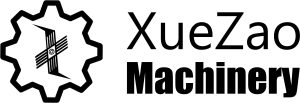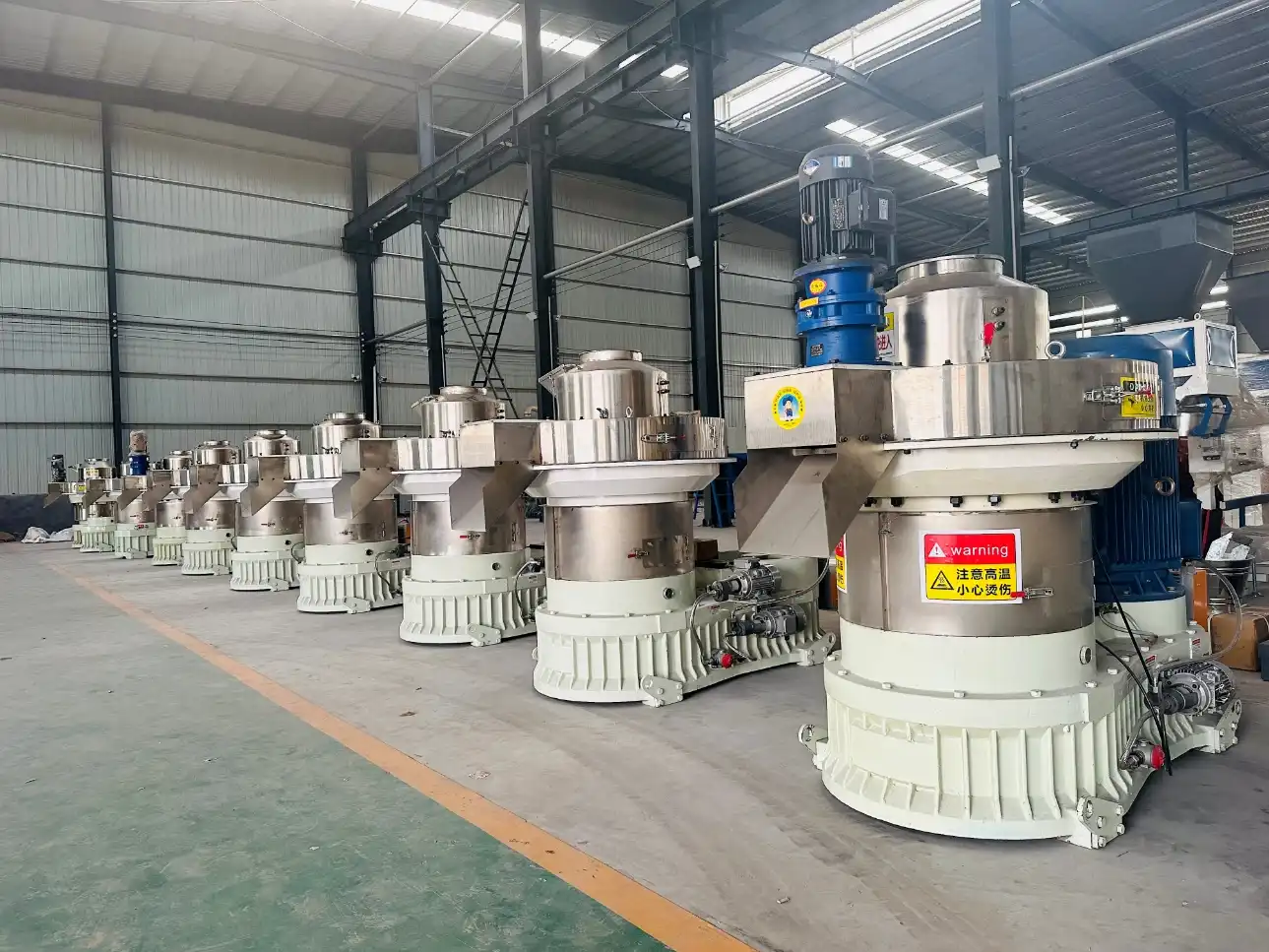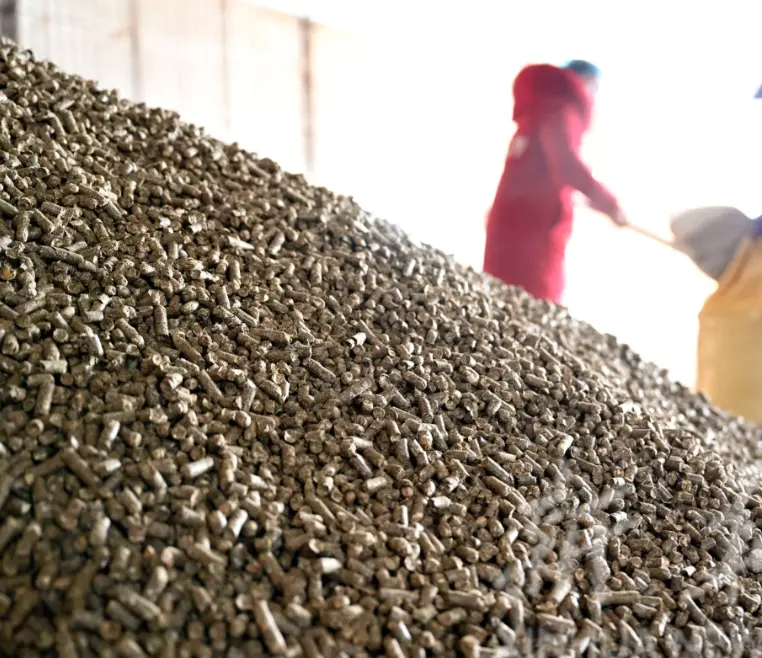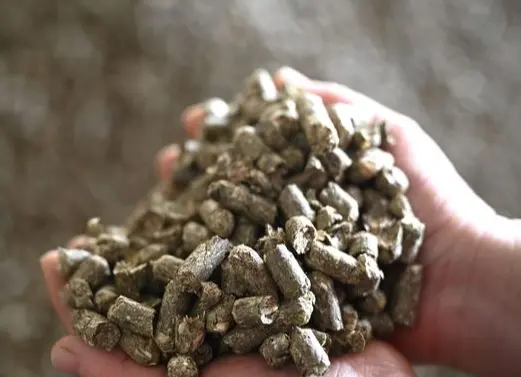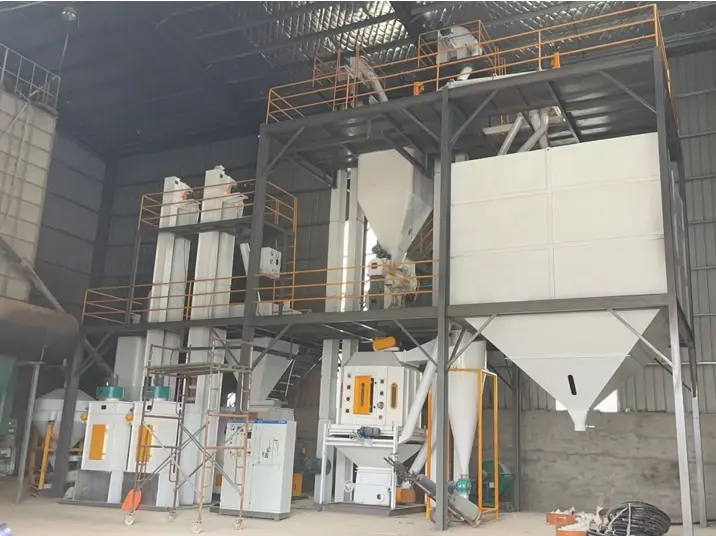Animal Feed Pellet Mill.

In the realm of animal husbandry, the demand for efficient pelletizing using feed pellet mills is paramount. These mills categorize into three primary types based on their working principles: pressing, extrusion, and stamping.
Pressing mills involve compression between rollers, while extrusion ones use frictional resistance to push materials out of a die. Stamping mills employ a piston’s linear motion to shape the material.
Various pelletizer types, such as piston, auger-type, ring die, and flat die machines, cater to the feed industry’s diverse needs, differing in structural features.
The production of pellet feed prioritizes specific characteristics: short strips with diameters tailored to animals’ sizes. Baby animal feed pellets usually range from 0.5 to 2.5mm, with lengths exceeding diameters by 1-2 times.

small pellet machine
These pellets are classified based on their physical characteristics into soft, hard, and extruded types. Hard pellets, for instance, necessitate a water content rate of 9%-14%, maintaining safety, with the south allowing below 12.5%.
Their attributes, including shape, surface luster, hardness, and size, vary depending on the species and age of the intended consumers.
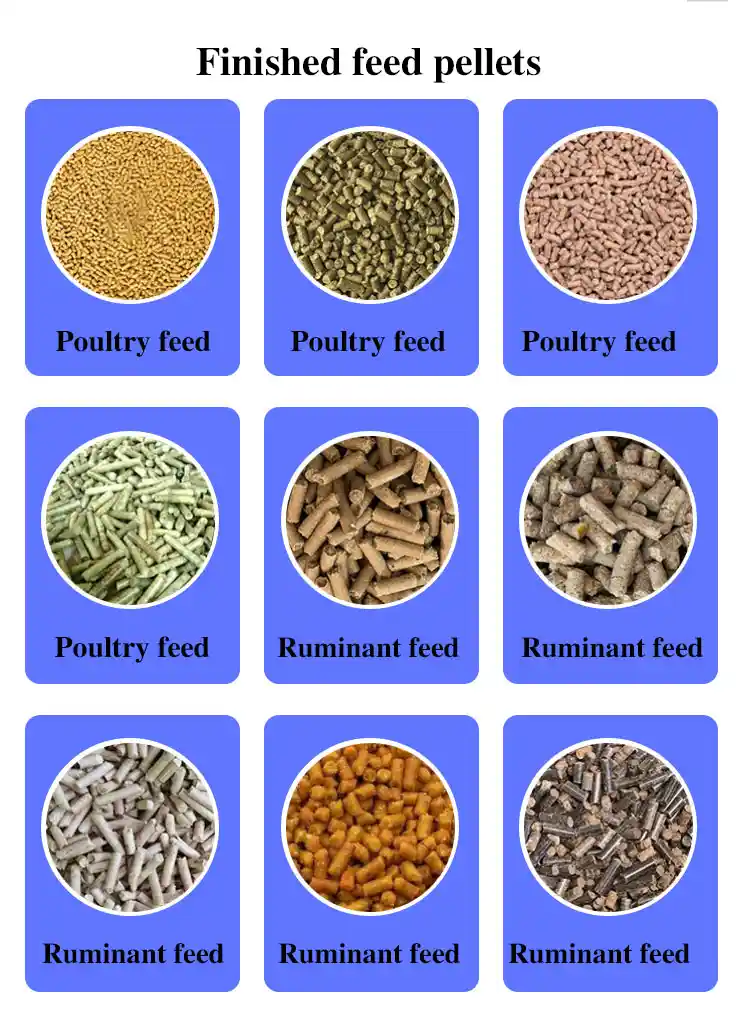
Furthermore, the pellet forming rate becomes a crucial parameter, with livestock feed requiring over 95% and fish feed above 98% forming rates.
For specific aquatic feeds like shrimp and eel, stability in water becomes critical, with loss rates needing strict control (shrimp <12%, eel <4%). Stability in water should generally exceed 15 minutes.
Transitioning to rabbit feed formulas, various ingredient compositions serve different age groups. Formula 1 includes corn, wheat bran, rice bran cake, bean cake, freshwater fish meal, bone meal, salt, and vitamin additives.
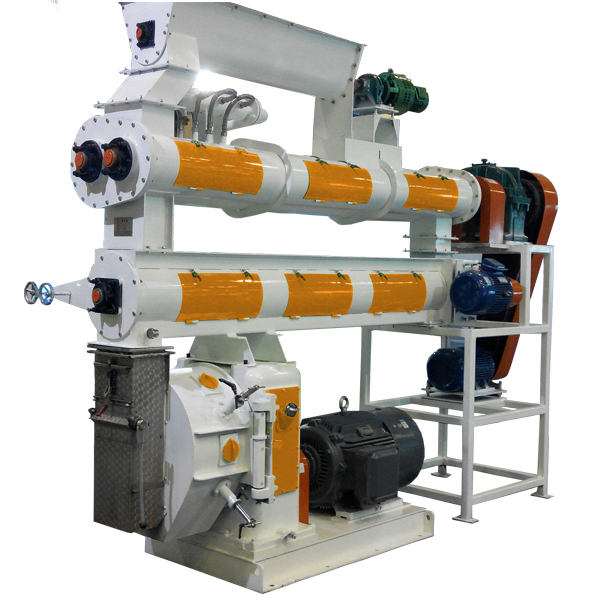
Meanwhile, Formula 2 consists of barley, wheat bran, grass meal, rice bran, bean cake, shell meal, salt, and other additives. These formulas offer specific instructions for mixing and feeding, adapting to different stages of rabbit growth.Animal Feed Pellet Mill
| Ingredients | ω/% | Ingredients | ω/% |
|---|---|---|---|
| Corn | 22 | Freshwater fish meal | 3 |
| Wheat bran | 31 | Bone meal | 2.5 |
| Rice bran cake | 20 | Salt | 0.5 |
| Bean cake | 20 | Vitamin additives | 1 |
In feeding adult rabbits, pellets from Formula 1, periodically and quantifiably offered, complement wet feed for infant rabbits. As these rabbits reach three months, they could weigh approximately 2.5kg.
| Ingredients | ω/% | Ingredients | ω/% |
|---|---|---|---|
| Barley | 10 | Bean cake | 12 |
| Wheat bran | 46 | Shell meal | 2 |
| Grass meal | 13 | Salt | 0.5 |
| Rice bran | 16 | Other additives | 0.5 |
Formula 2, however, emphasizes a well-mixed stock with water and a blend of green forage, allowing rabbits to freely choose their preferred feed.
In summary, the diverse classifications of feed pellet mills and their respective functionalities play a crucial role in meeting the varying demands of animal feed production. Catering to specific animal needs through meticulously crafted formulas ensures optimal nutrition at different growth stages.
